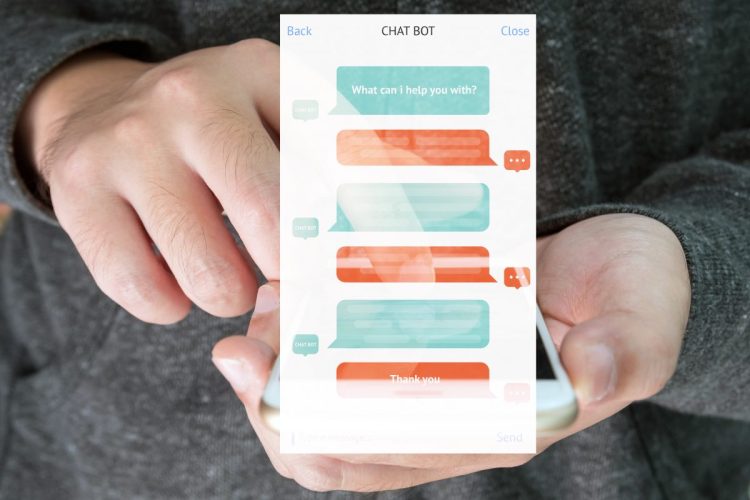Watch all the Transform 2020 sessions on-demand here.
When a small-to-mid-sized business first implements a new technology, it’s often only one person inside the company who owns the entire product. In the early ’90s when the web was in its infancy, my role included everything from copywriting to graphic design, coding, and basically everything that was needed to create a website. There wasn’t nearly the same focus or variety of roles working on the web as exists today, so I was the only one who knew how to do it.
The same thing happened for video games. In the beginning, games like Tetris were completely coded and designed by a single individual. It takes teams of specialized developers to create the games we are used to today. In fact, Ubisoft says a typical game at the company requires between 400 and 600 people for development. Web and video game development show that as a technology builds in popular interest and market size, so does the amount of specialization within the industry.
We’re seeing the same shift happen with conversational commerce applications. As the technology becomes more widespread in the business world, the need for larger teams and additional resources to build more intelligent communication platforms increases. Let’s take a look at the areas of specialization expected to grow around conversational design in the coming years.
Personality development
If you’ve ever watched Westworld, you likely have an understanding of how different personalities could work for chatbot development. Westworld introduced the concept of the Attribute Matrix, where 20 different levers can affect a character’s personality. At this point in chatbot development, most personalities are pretty generic, but I can see this changing in the future.
June 5th: The AI Audit in NYC
Join us next week in NYC to engage with top executive leaders, delving into strategies for auditing AI models to ensure fairness, optimal performance, and ethical compliance across diverse organizations. Secure your attendance for this exclusive invite-only event.
Developing personalities comes down to understanding your audience. At HealthJoy, I intentionally created a more generic personality in my chatbot since we deal with members’ health care. I didn’t think it would be appropriate to have something like a snarky Max Headroom type delivering your health care recommendations. For many industries, however, adding a bit of fun is not only appropriate but essential for engaging users.
Copywriting
Creating copy for a chatbot is where your product’s personality can shine through. It’s actually pretty difficult to write for a chatbot. You have to take a complex subject and turn it into easy-to-consume messages that are only a few words long. Messages need to resonate with a user instantly and be crystal clear. Adding emotion in so few words is not easy, but emotion helps establish a relationship with your users. You can also add a combination of animated gifs and emojis to your copy to add a little fun to the conversation.
It’s always a balance to create great copy for a chatbot. You never want to add too much personality and take away from your true message and goal. Writing copy for chatbots is a skill you get better at over time, and I can see this becoming a career for skilled writers and conversationalists.
Journey mapping
For some industries, the mapping of a conversation can be pretty complex. You have to consider all of the different twists and turns a conversation can take. In the health care space, I know some of our journey maps can be pretty huge when you consider all the possible variables a user can input. This is a very different task from copywriting, since you need to plan what you’re trying to accomplish first before you write any copy. You need to design the conversation flow, build the technology and features involved, and outline the business goals. You can even set up different KPIs to track success for specific journeys.
UX and UI designers
User experience design (UX) and user interface design (UI) are important roles that work closely together to form a conversational experience. Although they sound like similar roles, they are quite different. UX design is more of a technical role that relies on analytics and data to make decisions on how things should work. UI designers are closer to traditional graphic designers. They worry about the look and feel, presentation, and interactivity of an app — or in this case, the conversational interface. These interfaces definitely have their own quirks, and like anything, you refine these skills over time by seeing what works and what doesn’t. Chat interfaces are tight for space, so using every ounce of real estate effectively is of utmost importance.
With so many people involved in the success of a company’s conversational experience, people will no longer have the burden (or luxury) of working alone. Conversational experiences is still a new and evolving field, but I believe over time more and more people will specialize in niche roles. When you start to bring in overlap with voice assistance — well, that’s a whole other conversation. It’s still early days within the space, and things continue to change. Companies are creating new features every day, and I’m amazed at the ingenuity innovators in the field are bringing to the table.
Rick Ramos is the chief marketing officer for HealthJoy.com, a guidance and cost containment platform for employers to manage their health care.


